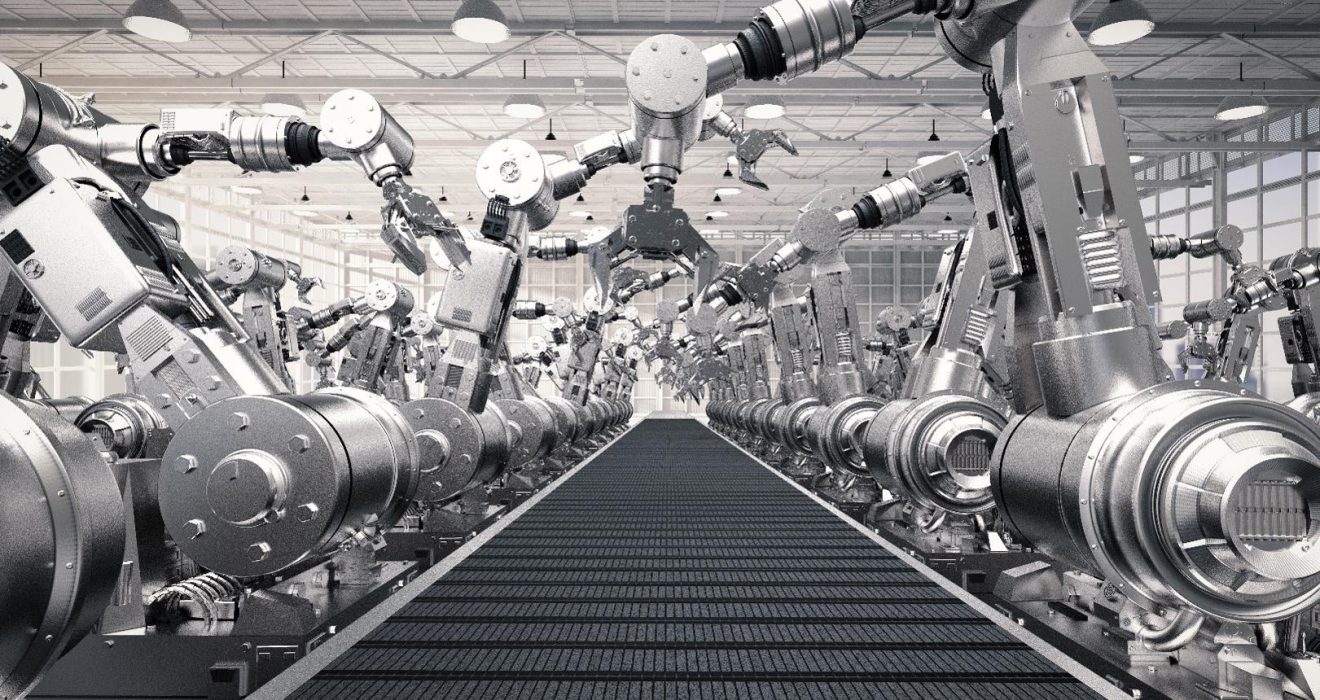In the relentless pursuit of a sustainable future, where environmental consciousness converges with technological innovation, a groundbreaking study by Gecko Robotics and Rho Impact has surfaced. This research not only points to the transformative potential of robotics and artificial intelligence (AI) but unveils a roadmap that could potentially reduce United States emissions by a staggering 853 million metric tons, equating to an 18% overall decrease. This exploration into the realm of digital tools, sensors, and AI technologies promises to redefine the very fabric of various industries, from oil and gas pipelines to power plants, paper factories, maritime transport, and bridges.
Transforming Energy Infrastructure
At the forefront of this revolution is the energy sector, with a profound impact on oil and gas pipelines. The study underscores the capacity of digital solutions, incorporating robotics, sensors, and AI, to enhance industrial efficiency and curtail waste. In the context of oil and gas pipelines alone, the potential avoidance of 556 million metric tons of carbon emissions by 2030 is nothing short of revolutionary. The focus here is not merely on automation but on the strategic detection of corrosion, leaks, and defects that contribute to fugitive emissions, including the release of methane a potent greenhouse gas.
The deployment of AI-driven technologies in pipeline inspections represents a paradigm shift in preventive maintenance. By identifying and rectifying issues before they escalate, not only can emissions be curbed, but the overall integrity and safety of critical infrastructure can be assured. This not only aligns with the pursuit of environmental sustainability but also addresses concerns related to infrastructure resilience and longevity.
A Paradigm Shift in Industry
Jake Loosararian, CEO, and co-founder of Gecko Robotics, asserts that the data from this study signifies more than just a technological leap; it marks a paradigm shift in how industries approach net-zero goals and embrace Industry 4.0. In a world where leaders grapple with the balancing act of environmental targets, economic stimulation, and escalating energy demands particularly in developing economies a new game plan is necessitated.
This paradigm demands the rapid adoption of technology in existing infrastructure. It represents a strategic pivot, ensuring that the renewable strategy doesn’t inadvertently repeat the mistakes of the past. Loosararian’s words resonate as a call to action for industries to embrace technological advancements at warp speed, fostering a synergy between sustainability and economic growth.
Urgency and Accessibility of Emission Reductions
One of the most compelling aspects of the research is the emphasis on the urgency and accessibility of the projected emissions reductions. The researchers highlight that these reductions are achievable with existing technologies, providing a timely response to the urgent need for global decarbonization. This emphasis on accessible solutions aligns with the pressing nature of the climate crisis, pushing industries to implement change at an unprecedented pace.
The urgency is palpable, and the accessibility of solutions underscores a pragmatic approach to environmental stewardship. It is a clarion call to industries to not only envision a sustainable future but to actively participate in its realization. The study suggests that the tools required for substantial emissions reductions are already at our disposal, awaiting widespread adoption.
Digitizing for a Cleaner Tomorrow
Expanding the scope beyond the energy sector, the study delves into the potential for emissions reduction in energy generation sites. By digitizing boiler tubes, a significant reduction of 230 million metric tons of emissions annually is envisioned. This application of digital solutions transcends traditional sectors, addressing emissions at the very heart of energy production.
Similarly, the digital transformation of assets in paper and pulp manufacturing emerges as a strategy to streamline routine inspections and improve operational efficiency.
This not only contributes to emissions reduction, approximately 46 million metric tons annually, but also aligns with the broader narrative of sustainable manufacturing practices. The study, by exploring these diverse avenues, paints a comprehensive picture of the far-reaching impact that digitalization can have on emissions reduction. It underscores the versatility of these technologies, showcasing their applicability across industries and their potential to reshape the environmental footprint of each sector.
Maritime Shipping’s Environmental Impact
The maritime shipping industry, often criticized for its substantial environmental footprint, becomes a focal point in the study. Load optimization and leak detection emerge as key strategies to address environmental concerns in this vital sector. The potential reduction of 11 million metric tons of emissions represents a significant step forward in mitigating the industry’s impact on the environment.
Maritime shipping, with its inherent challenges in adopting green technologies, stands to benefit significantly from the integration of robotics and AI. Load optimization not only contributes to emissions reduction but also enhances operational efficiency, a dual benefit that aligns with both economic and environmental objectives.
The Retail Industry’s Leap into Green Digitization
The study’s findings extend beyond traditional sectors, delving into the retail industry’s recognition of the mutual growth opportunities in digitization and sustainability. A joint white paper by Hanshow, Microsoft, Intel, and E Ink explores the symbiotic relationship between green digitization and sustainability in retail operations.
AI’s Role in Environmental Conservation
In a testament to the versatility of AI, the study reveals its role in environmental conservation beyond emissions reduction. AI is now employed to monitor water quality and support resource conservation measures. This multifaceted approach showcases the adaptability of AI technologies in addressing diverse environmental challenges.
The monitoring of water quality is particularly crucial in the context of resource conservation. AI-driven solutions provide real-time insights, enabling proactive measures to protect and preserve water resources. This application of AI transcends emissions reduction, demonstrating its potential as a comprehensive tool in the broader context of environmental sustainability.

